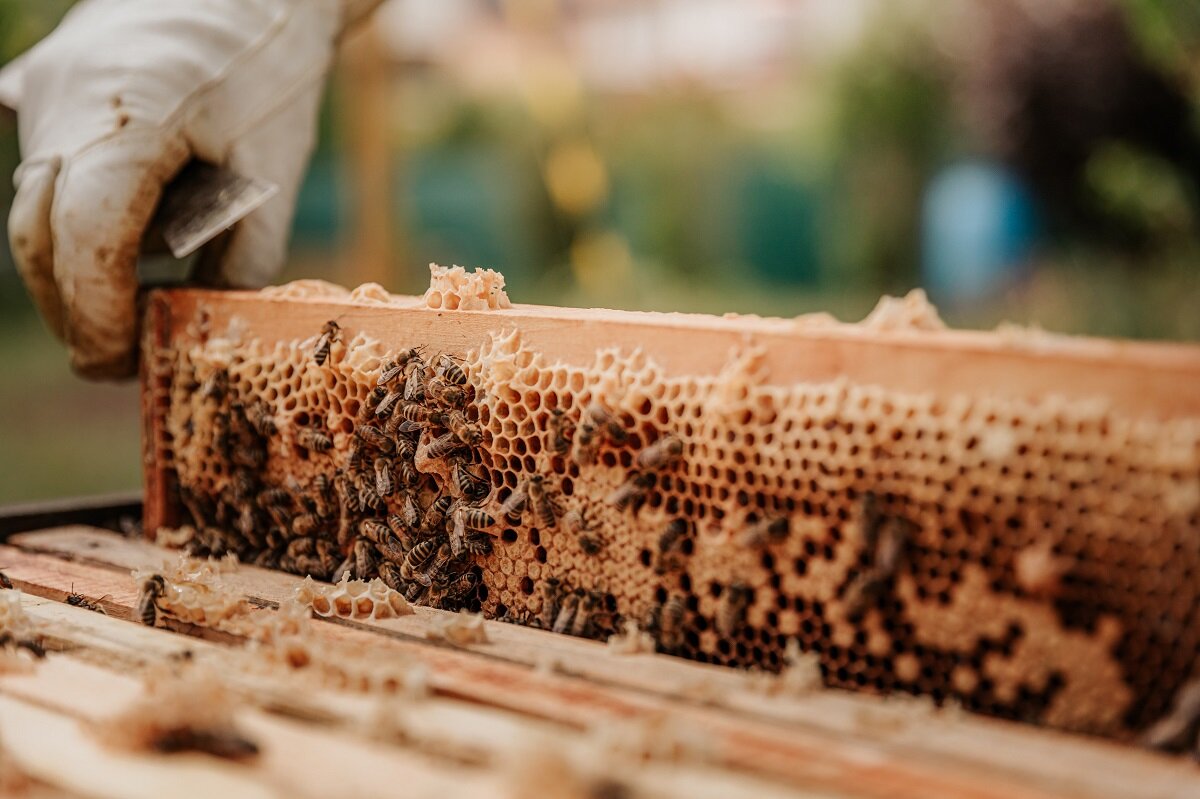
Are pesticides used in urban and suburban areas harming honey bees?
Although research has revealed potential impacts of pesticides from agricultural activities on the health of honey bees, few studies have looked into the effects of pesticides used on vegetable gardens and ornamental plants from public and private lands in urban and suburban areas. A new study published in Environmental Toxicology and Chemistry found that in general, pesticide levels are low in nectar and pollen collected by honey bees in urban and suburban areas across the United States.For the study, investigators measured pesticide levels in 768 nectar and 862 pollen samples collected monthly over two years from honey bee colonies located in and around eight medium-to-large cities in California, Florida, Michigan, and Texas.Chemical analyses detected 17 pesticides in nectar and 60 in pollen samples during the survey. About 73% of all samples contained no detectable pesticide residues."Our study provides important information needed to characterize pesticide exposure for honey bees in urban/suburban landscapes," said corresponding author James Ellis, Ph.D., of the University of Florida. "Ultimately, our data suggest that acute risk to honey bees from the pesticide residues we found in pollen and nectar is generally low in the urban and suburban locations we tested."More information:Honey bee (Apis mellifera) exposure to pesticide residues in nectar and pollen in urban and suburban environments from four regions of the United States, Environmental Toxicology and Chemistry (2022). DOI: 10.1002/etc.5298Citation: Are pesticides used in urban and suburban areas harming honey bees? (2022, March 9) retrieved 9 March 2022 from https://phys.org/news/2022-03-pesticides-urban-suburban-areas-honey.htmlThis document is subject to copyright. Apart from any fair dealing for the purpose of private study or research, no part may be reproduced without the written permission. The content is provided for information purposes only.
……America
Comments
Leave a comment in Nestia App